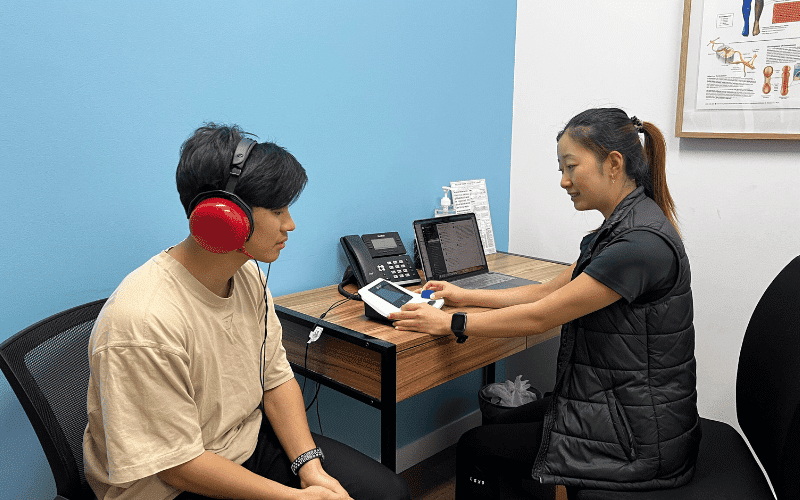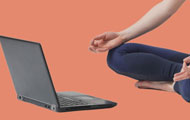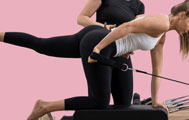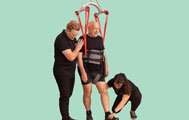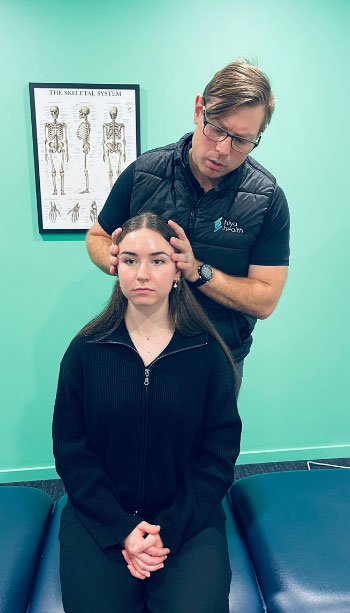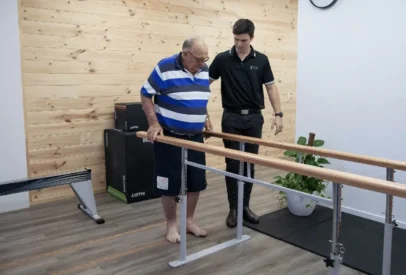A physio’s guide to: Workplace Ergonomics

Neck, shoulder and back pain are commonly reported among office workers and those who spend long hours behind a screen. While posture and workstation setup can influence symptoms, research suggests that there isn’t one perfect position. What matters most is variety, changing positions, regular movement, and avoiding prolonged stillness.
Here are some simple tips I would recommend as a Physiotherapist.
Screen Setup:
- Place the top of your monitor at or just below eye level.
- Position your monitor roughly an arms length away.
- If using a laptop, a stand and external keyboard can help.
A higher or lower screen position is not necessarily “bad,” but long periods of neck flexion (looking down) increase muscle strain. Small adjustments help reduce this load.
Chair & Desk Position:
- Feet flat on the floor, knees at 90 degrees
- Elbows level with desk height, shoulders relaxed.
- Use back support for comfort.
These positions help, but sitting in one posture for a prolonged period is the bigger issue. Even the best ergonomic desk and chair setup cannot replace regular movement.
Keyboard & Mouse Use
- Keep them close to reduce overreaching.
- Keep wrists neutral
- Consider alternatives such as an ergonomic mouse or keyboard if discomfort continues.
The Power of Movement Breaks
- Stand up, walk around and stretch.
- Try shoulder rolls, gentle neck movements and stretches, or standing back extensions.
Evidence suggests that frequent micro breaks and bouts of movement can reduce discomfort and fatigue, more so than holding “good posture” all day.
Exercise Beyond the Desk
- Strengthen supporting muscles with simple moves: chin tucks, scapular squeezes, or band rows.
- Regular activity outside of work hours helps build resilience against desk related discomfort.
Key Takeaway:
There is no single “right” way to sit. The best posture is your next posture, meaning the more you change positions, stand, and move, the better your body feels. Workstation adjustments can reduce strain, but lasting comfort comes from a balance of ergonomics, regular breaks, and physical activity.
If discomfort persists despite making changes, consult a healthcare professional such as a physiotherapist for individual assessment and guidance.
Looking for physio?
If you are experiencing neck or back pain and are looking for Physiotherapy, our experienced Physiotherapists are here to help! Book an initial appointment with one of the team today.
Authour: Sam Spencer, Physiotherapist, Hiya Health Burleigh Heads
Subscribe to e-news
Receive the latest health tips and news straight to your inbox




